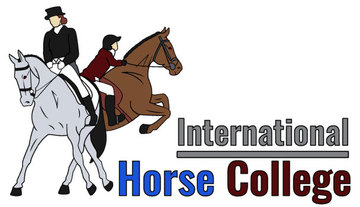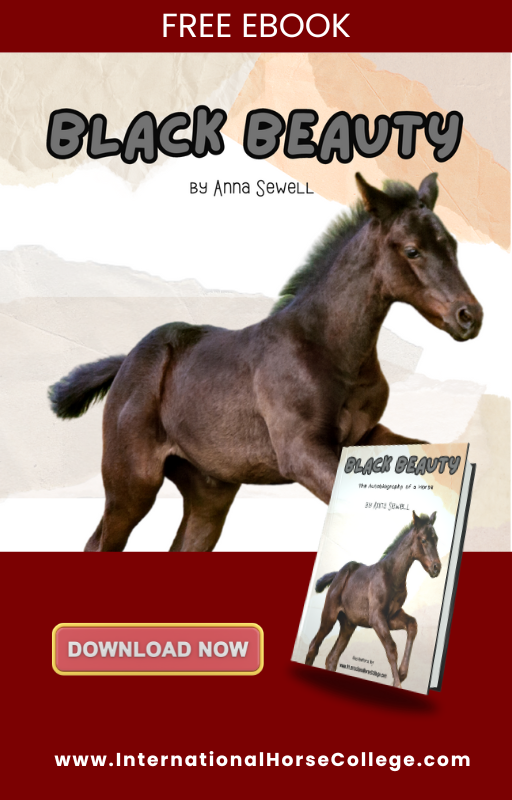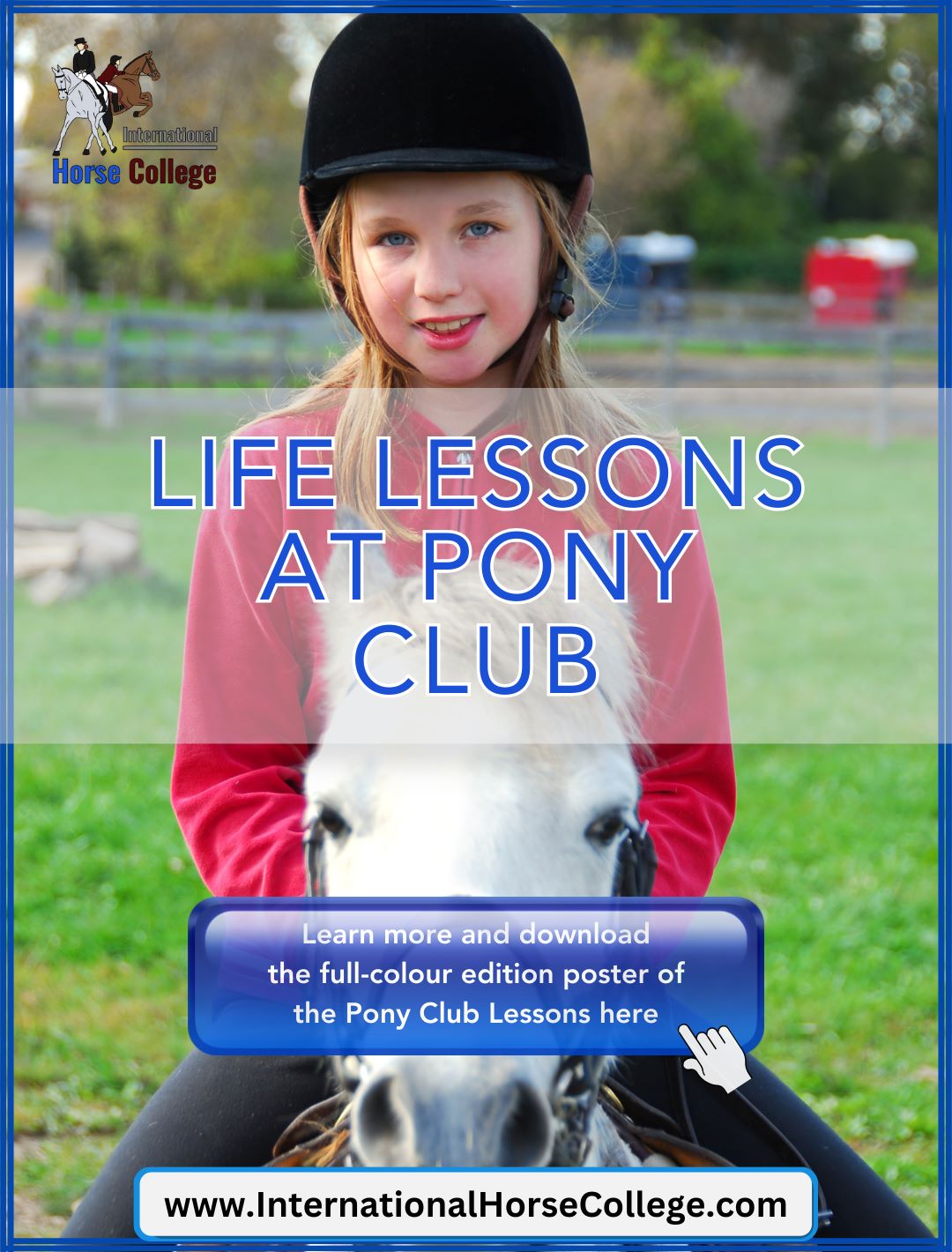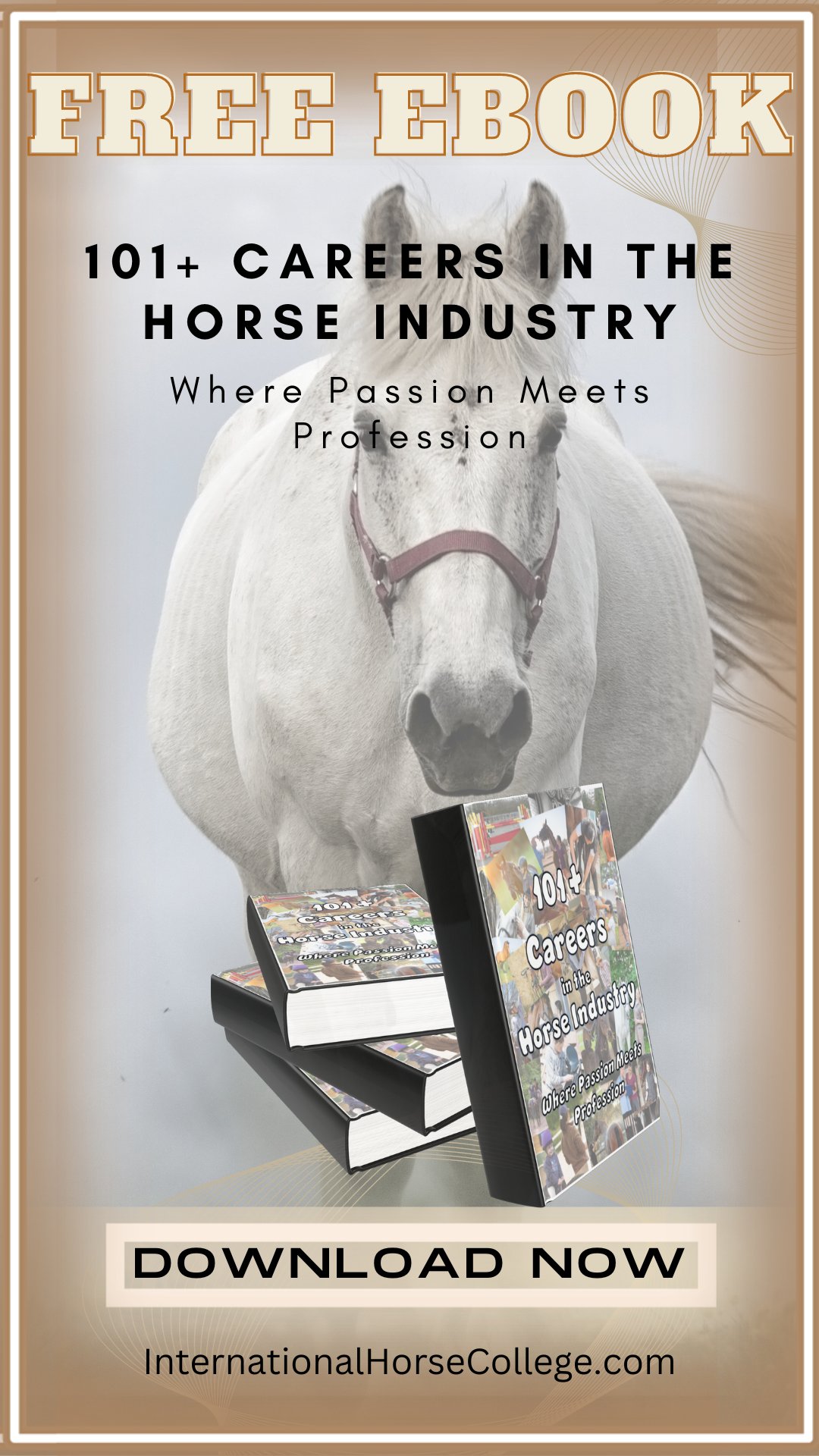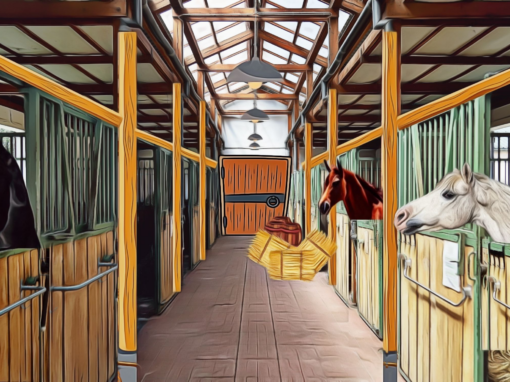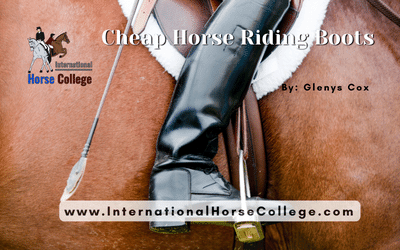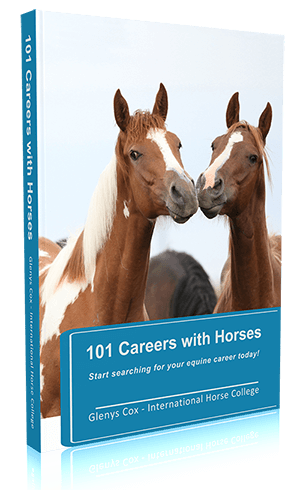 Let’s face it, riding is a high risk sport. Horses can Horses are unpredictable by nature and act on instinct, which could involve biting, kicking, shying and rearing.
Let’s face it, riding is a high risk sport. Horses can Horses are unpredictable by nature and act on instinct, which could involve biting, kicking, shying and rearing.
I know I could write a complete book on risk management in the horse industry but I don’t have time today.
To get you thinking, usegood management and horse sense to implement these five steps that will help you minimize this risk.
1. Identify the Risk
When you are working around horses, be constantly aware of your surroundings and the horses’ behavior. If you look closely there could is risk everywhere, with horses, financial, environmental . . . the list goes on . . .
2. Evaluate the Risk
Let’s take this one as an example . . .
Horses are more likely to be fresh if they have had restricted movement such as a stable, if they have just been clipped or even if it is a cold windy day.
If we look at a normally quiet young horse and include the variables above this risk of a fall and injury is going to be higher when riding a fresh horse.
3. Treat the Risk
You may choose an option such as training your horse on the lunge when those variables are present or asking a more experienced rider to ride your horse for you. Then the likelihood of injury would then be decreased dramatically.
4. Implementation
A good horse person is always thinking and already has strategies for treating risk. They will work and ride horses much more safely than a novice often making decisions intuitively.
However in a horse business or organization these strategies should be made into an official Risk Management Plan and be included in the Organisational Policies and Procedures. Policies such as ‘no horses under five are to be used in lessons’ or ‘instructors must lunge the lesson horse before beginner lessons’ could be implemented.
5. Review
Remember that risks around horses may not stay the same forever. The Risk Management Plan should be regularly and if necessary using good management and horse sense should be updated.
Stay Safe,
Glenys
